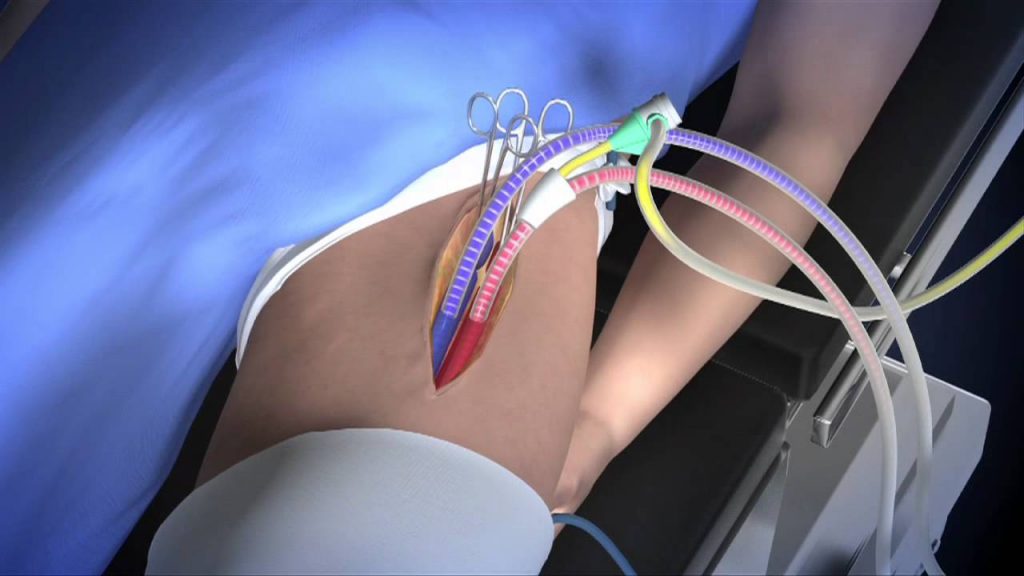Effect of Blood Flow on Platelets, Leukocytes, and Extracellular Vesicles in Thrombosis of Simulated Neonatal Extracorporeal Circulation

Background
Extracorporeal membrane oxygenation (ECMO) has frequent and sometimes lethal thrombotic complications. The role that activated platelets, leukocytes, and small (0.3‐micron to 1‐micron) extracellular vesicles (EVs) play in ECMO thrombosis is not well understood.
Objectives
To test the effect of blood flow rate on the generation of activated platelets, leukocytes, and EVs in a simulated neonatal ECMO circuit using heparinized human whole blood.
Methods
Simulated neonatal roller pump circuits circulated whole blood at low, nominal, and high flow rates (0.3, 0.5, and 0.7 L/min) for 6 h. Coagulopathy was defined by thromboelastography (TEG), STA®‐procoagulant phospholipid clot time (STA®‐Procoag‐PPL), and calibrated automated thrombogram. High‐resolution flow cytometry measured the cellular expression of prothrombotic phospholipids and proteins on platelets, leukocytes, and EV.
Results
Despite heparinization, occlusive thrombosis halted flow in two of five circuits at 0.3 L/min and three of five circuits at 0.7 L/min. None of the five circuits at 0.5 L/min exhibited occlusive thrombosis. Phosphatidylserine (PS)‐positive platelets and EVs increased at all flow rates more than blood under static conditions (P < .0002). Tissue factor (TF)‐positive leukocytes and EVs increased only in low‐flow and high‐flow circuits (P < .0001). Tissue factor pathway inhibitor (TFPI), at 50 times more than the concentration in healthy adults, failed to suppress thrombin initiation in low‐flow and high‐flow circuits.
Conclusions
This in vitro study informs ECMO specialists to avoid low and high blood flow that increases TF expression on leukocytes and EVs, which likely initiate clot formation. Interventions to decrease TF generated by ECMO may be an effective approach to decrease thrombosis.
